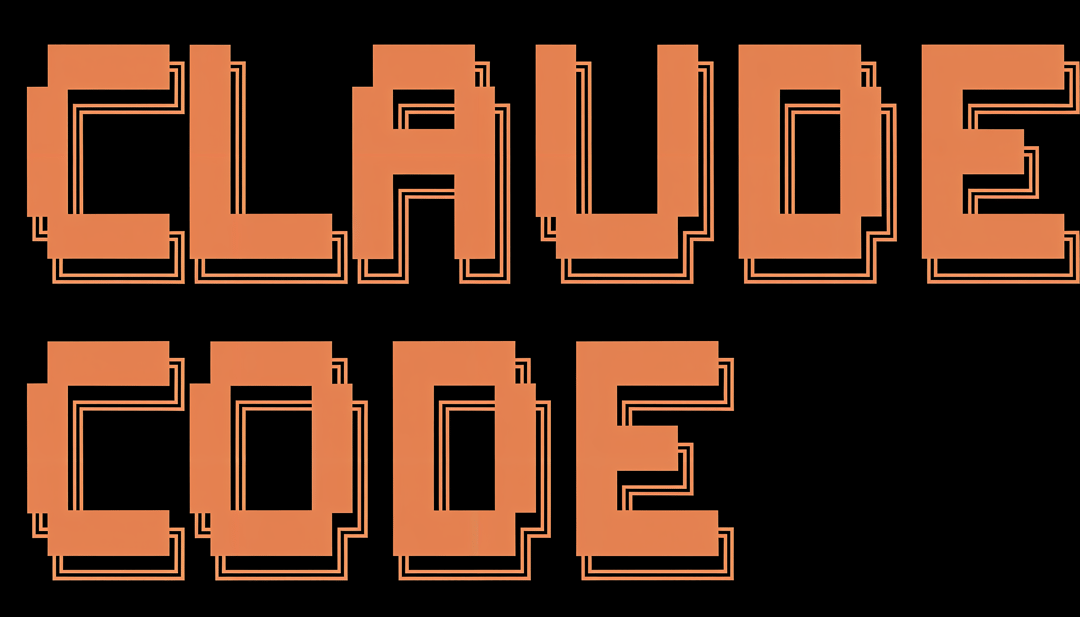What Makes Claude Code Sub Agents Different From Other AI Coding Tools
Pre-packaged prompts that pick themselves
Sub agents are stored prompts that carry out domain-specific tasks—planning, design, debugging, or architecture. When you type a request in Claude Code, the system automatically compares your prompt to each agent’s description and silently launches the best match, eliminating manual mode switching.
Independent context windows and tool permissions
Each sub agent runs in its own sandboxed context with tailored tool access. This separation protects the main session’s token budget, keeps discussions focused, and lets you grant only the commands an agent truly needs.
Core Benefits Developers Gain Right Away
Seamless context-switching elimination
Instead of toggling between “planning,” “design,” and “bug-fix” modes, one prompt triggers the appropriate specialist. Developers stay in flow while Claude Code delegates the heavy lifting behind the scenes.
Faster bug fixes, architecture planning, and UI redesigns
Concrete examples from the Pong demo show sub agents generating an MVP scope, redesigning the game’s neon UI, and inserting power-ups and barriers—all from single-sentence prompts. Tasks that once took hours now resolve in minutes.
Real-World Scenarios Where Sub Agents Shine
Crushing recurring Next.js styling bugs
Create a “tailwind-fixer” agent that instantly diagnoses the well-known style-drop issue and patches configuration files.
Streamlining MVP planning for side projects
An “mvp-planner” agent converts vague feature ideas into a scoped roadmap, complete with markdown deliverables.
Enforcing modular architecture on growing codebases
A “modular-architect” agent reviews PRs and refactors code to maintain clean separation of concerns.
Automating consistent bug-fix workflows
A “bug-sheriff” agent follows your preferred template: replicate, test, patch, and document—no deviations.
Step-by-Step Guide to Creating a Sub Agent in Two Minutes
1. Invoke the /agents command
From the Claude Code terminal, type /agents to open an interactive menu of existing agents.
2. Choose project or personal scope
Project scope stores the agent in .claude/agents/ for the current repo; personal scope saves it to ~/.claude/agents/ for global reuse.
3. Select “create new agent” and let Claude draft it
Provide a plain-language description such as “Generate MVP plans and output a markdown file,” then approve the YAML/Markdown file Claude proposes. You’re done.
Best Practices for Building Your Personal AI Agent Army
Start small and iterate
Spin up three to five agents targeting your biggest pain points before scaling to niche helpers.
Map annoying repetitive tasks
List frustrations—lint fixes, release notes, merge conflict resolution—and convert each into a dedicated agent.
Control tool access for security and focus
Grant only the minimum commands an agent needs; omit the tools field to inherit all, or specify a comma-separated list for granular control.
Trusted Repositories to Jump-Start Your Collection
contains-studio/agents
A broad catalog featuring planners, designers, reviewers, and compliance checkers. Clone selectively to avoid bloat.
dl-ezo/claude-code-sub-agents
A lean set focused on coding productivity—ideal for studying concise agent prompts and structure.
Q&A
Q1: Do Cursor or GitHub Copilot offer automatic prompt selection like Claude Code?
A1: No. Competing tools require you to manually pick modes, whereas Claude Code automatically routes tasks to the correct sub agent.
Q2: How many sub agents can I maintain before performance degrades?
A2: The system scales well; prioritization is handled by description matching. Most users report smooth operation with dozens of agents.
Q3: What happens if two agents share the same name?
A3: Project-level agents override user-level agents, ensuring repository-specific behavior always wins.

